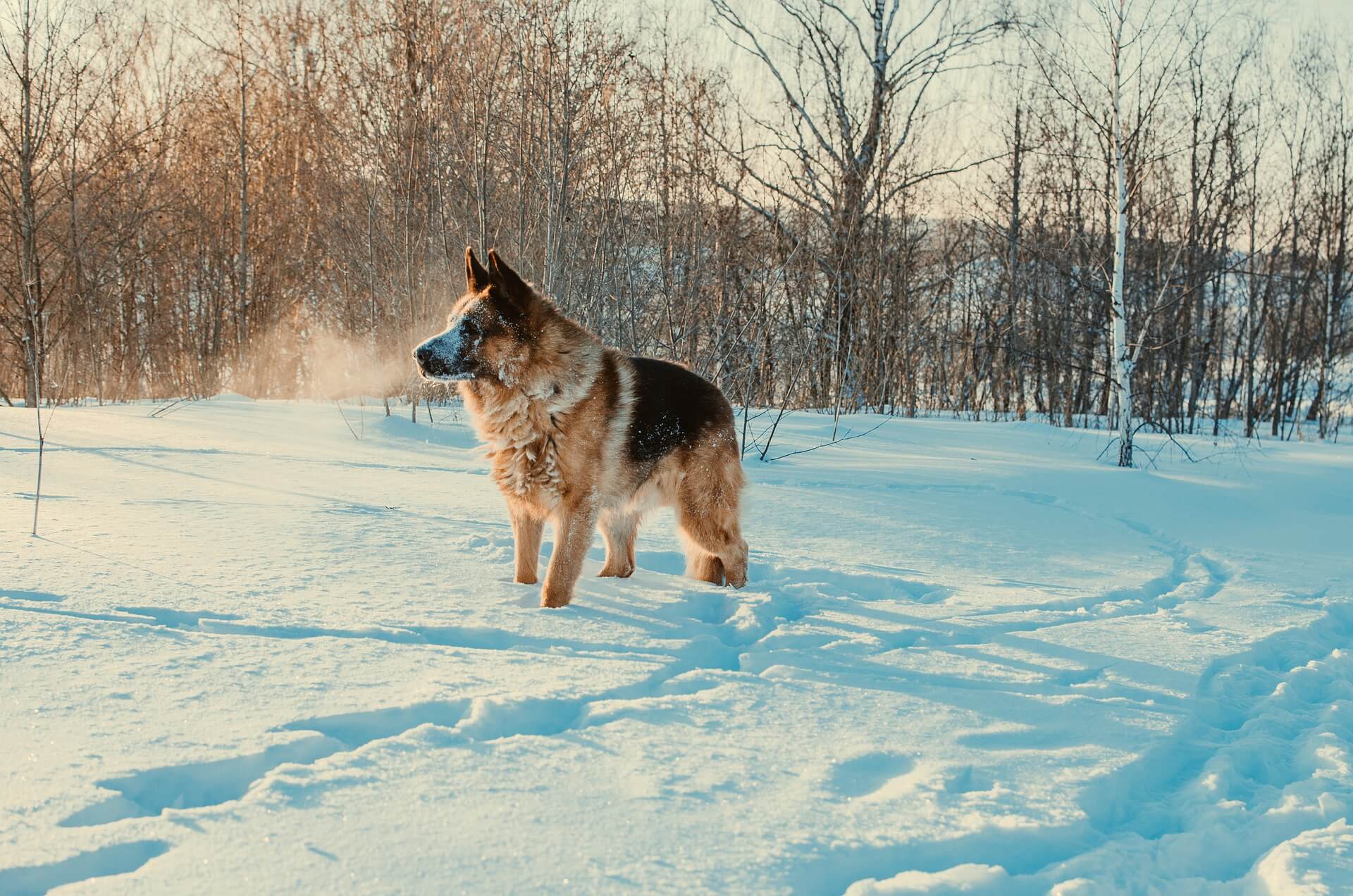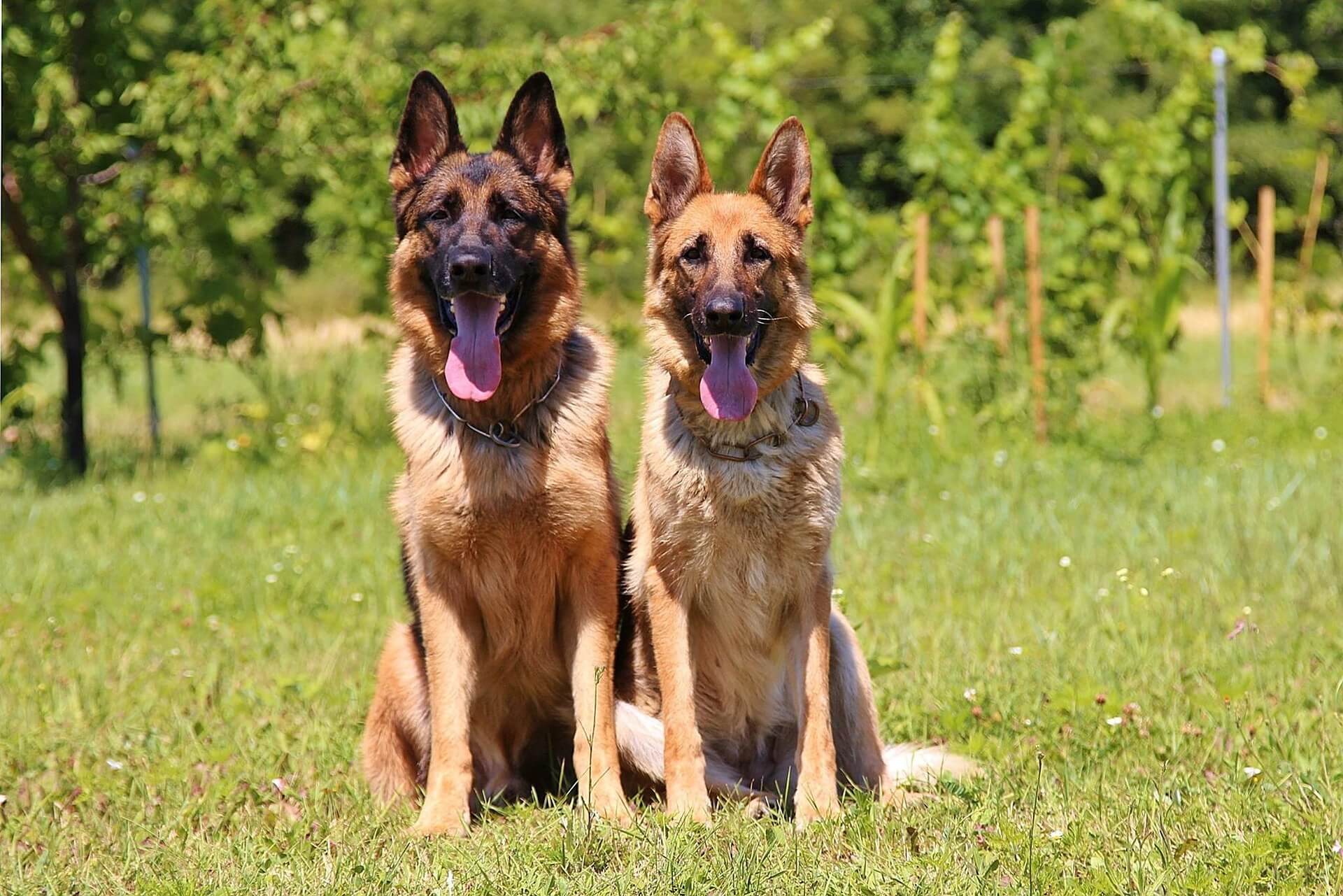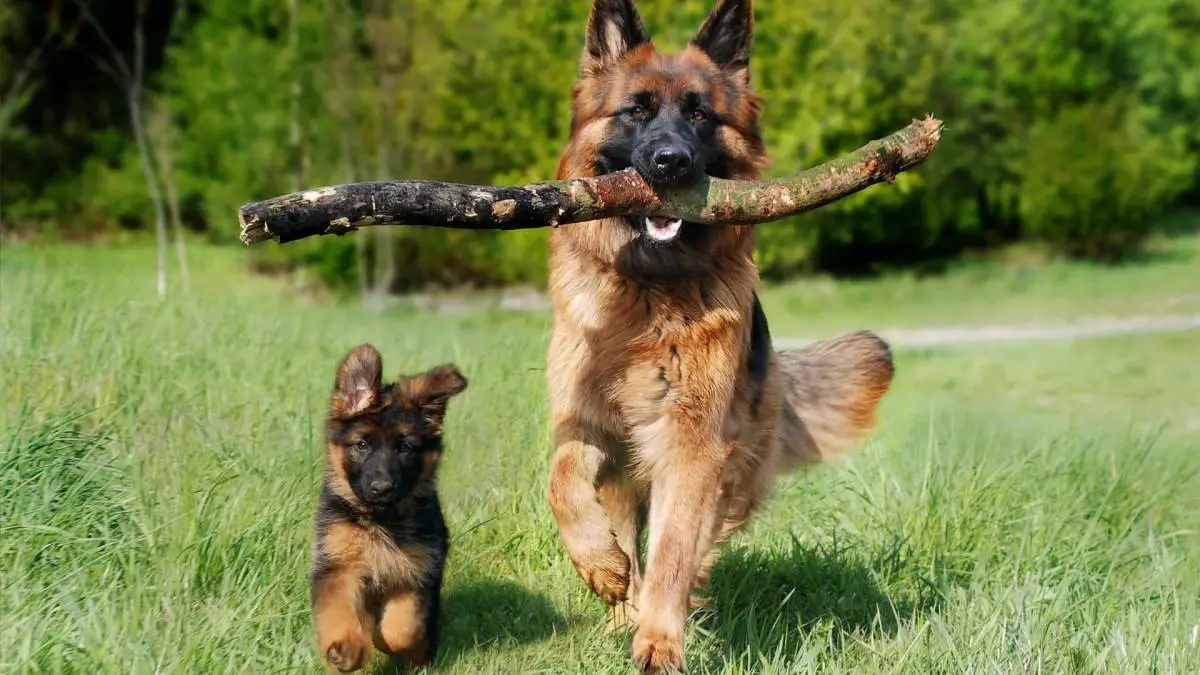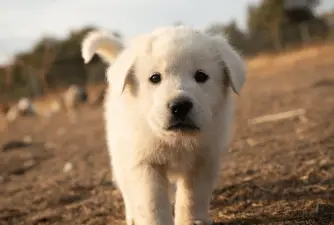German Shepherd – Allowed Colors
25.04.2020.
Like so many other dog breeds, German Shepherds can also come in a huge number of coat color combinations. However, some coat colors and combinations are not permitted by big kennel clubs and they will disqualify dogs that have these coat combinations. These types of coat color combinations are considered faulty and kennel clubs will not allow those dogs to be bred.
Many dog owners like a unique coat color on their dog. Before choosing your new GSD puppy, you should be familiar with what coat color combinations are allowed by the governing cynology association.
German Shepherds are smart, brave and a loyal dog breed. These characteristics make them one of the most popular dog breeds across the globe. This breed had a lot of names throughout their history and are often called by these names:
- German Shepherd Dog (GSD)
- German Shepherd
- Alsatian Wolf Dog
- Berger Allemand
- Alsatian
- Deutscher Schäferhund
- Schaferhund

Common German Shepherd colors and coats
The colors that are common for this breed include black, grey, black and tan, red and black, and black and silver. Some breeding clubs allow their German Shepherd dogs to have liver, blue, and solid liver colors and are considered to be pureblooded dogs. However, these colors are considered a serious fault in major cynology associations. Small white patches on the chest are also tolerated but are not to be encouraged.
It is good to know that pure white, solid blue, and spotted dogs, are considered as crossbred and thus are not allowed to be registered as pureblooded German Shepherds.
This dog breed can have two official coat variations and those are longhaired and shorthaired varieties. Some people say they can also have a medium-long coat but that is mostly considered as a shorthaired variation and is not officially recognized by the cynology authorities such as the Fédération Cynologique Internationale (FCI).
It is required by both varieties that they have a thick, double coat.
Shorthaired German Shepherds should have outer “guard” hair as dense as it is possible and it is described in this breeds standard as “particularly harsh and close fitting”. The hairs on the head are short and get longer as you approach the neckline.
Longhaired Shepherds should have a long outer “guard” hair that is fluffy and soft and should be a lot looser and not close-fitting. They should also have tufts of hair on their ears and legs, a sort of “bushy” trousers, and a “bushy” tail with hair pointed to the ground.
The Fédération Cynologique Internationale (FCI) officially allows only some colors so make sure you check out the complete German Shepherd standard and full breed description.
This breed’s popularity is always on the rise and with that comes the inevitable number of “breeders” that are trying to make money off that. They are crossbreeding these dogs and are trying to sell them as “designer” or “rare” dogs.
If you are considering buying a German Shepherd make sure you make thorough research and that you don’t fall for one of these tricks. German Shepherds have defined colors that are allowed in the breeds standard and dogs that are deviating from these colors are considered faulty. You will not be able to attend and compete in dog shows, breed your dog, or register in most of the official cynology associations.
So let’s check some of the most “popular” colors and see which are allowed.
White German Shepherds
We certainly agree that a white German Shepherds would be an impressive and beautiful dog but unfortunately, this color is completely forbidden. The color white is tolerated in small patches on the chest and the insides. If a breeder is trying to convince you that this is some sort of rare and expensive color, you are most likely talking to someone who isn’t a reputable and registered dog breeder.
We hope you will not be persuaded by anyone to buy a GSD that is white-colored since this color is not permitted in this dog breed.
Black German Shepherds
Single-colored German Shepherds are rarer but this color is allowed for this breed. It is mentioned in this breed’s standard and isn’t considered as a fault. Black colored German Shepherds are fully accepted and can be registered, bred, and can compete in dog shows in all major cynology associations and kennel clubs.
Some people prefer the black-colored GSDs. They do have a special appeal to them and have a dose of mystery and fearfulness.
Tan and other colors
This is the most common color for this dog breed and it is the color we first think of when we think of German Shepherds. Their characteristic color makes them look stunning in both coat lengths.
The color black can be combined with different shades of tan that can range from reddish-brown, brown, and yellow to light grey markings. Those are all considered as separate colors in the standard but to keep it short, we will put them all under this category.

“Rare” German Shepherd colors
The types of colors that are considered rarer in this breed are some shades of tan combined with black (saddle and the mask) and single-colored black. The breeders who are trying to tell you differently and convince you otherwise should immediately raise some red flags.
Sable color
This color is a combination of colors and it is usually tan and black with the hairs ending in black tips. There isn’t any reference to the sable pattern in either the FCI or the AKC standard of this breed and it is considered to be a variation of the black and tan colors.
Blue color
Blue-colored German Shepherds are not rare, they are not German Shepherds. Some say it is because of the recessive gene that all Shepherds have, but that is not true and it is a clear fault that is forbidden by the standard.
Liver color
This color must be liver and should be easily distinguished from the tan-colored dogs. While tan-colored GSDs are accepted but only if they are combined with black, the liver-colored GSDs are not allowed and should not be encouraged.
Panda Shepherds
This isn’t a dog breed that is a part of the German Shepherd dog breed. They are considerably shorter than standard GSDs and are not even considered the same breed. Some breeders are working on getting these dogs registered as a separate breed but until then, do not think of them as a variety of the GSDs.
Buying a dog is a process and you should make everything that is in your abilities to make sure that the dog you are buying is in the best possible shape, no matter if you are “just” buying a pet or you want to become a breeder and/or attend dog shows. Be careful when buying and ask as many questions as you can.
World Dog Finder team







Share